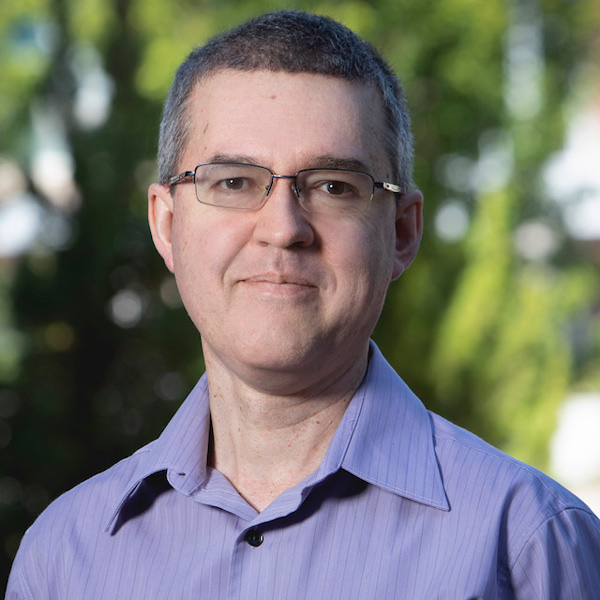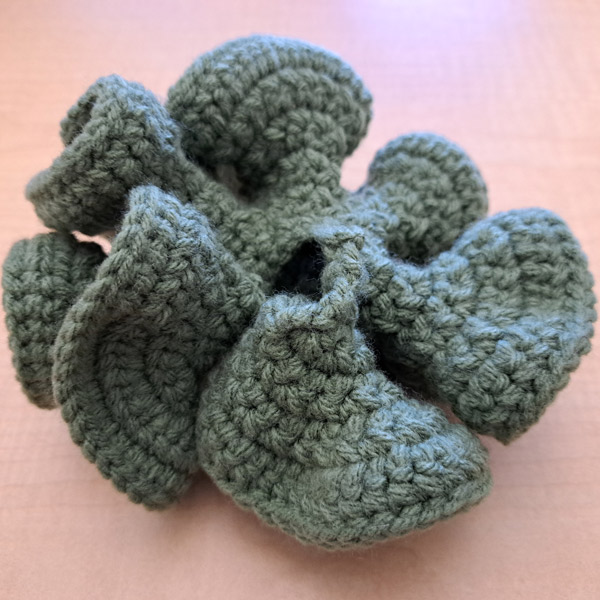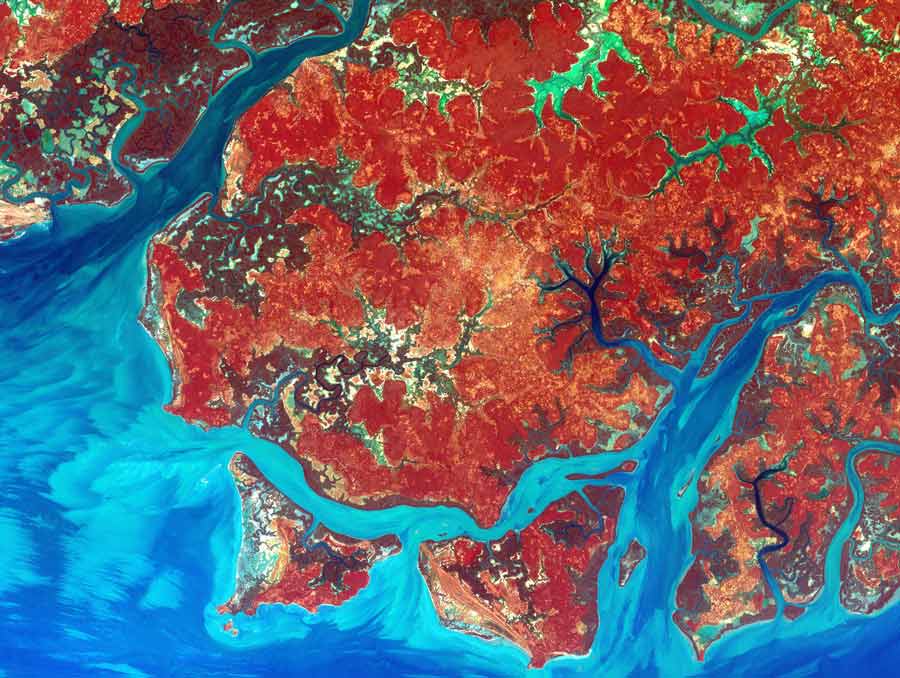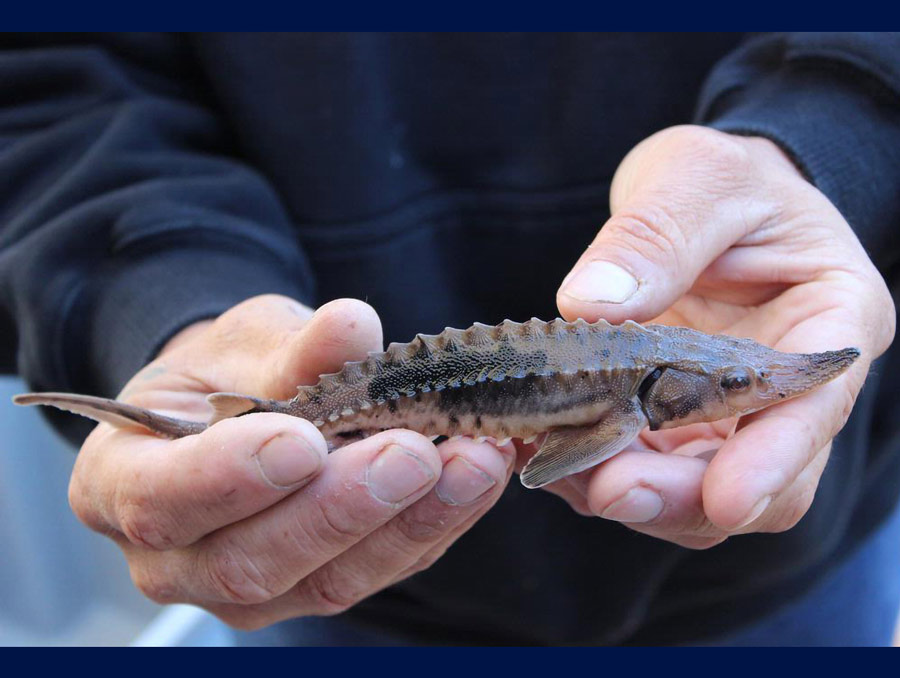What do a river, earthquakes and the internet have in common? If you asked statistics professor Ilya Zaliapin, he would tell you the answer is tree graphs (or, simply – trees).
“Research-wise, I am always talking about trees,” he said. Zaliapin studies random self-similar trees using statistical methods. The trees represent hierarchies, which Zaliapin said are relevant for many parts of our world.

Rivers serve as a good example. They have “obviously hierarchical organization” from the main stream to tributaries and creeks. Earth has a less obvious hierarchical organization, but it has a lithosphere, which is divided into 7 large tectonic plates, and each plate is subdivided into smaller plates, and so on to grains of rock.
“Many phenomena around us have hierarchical organization, which we may not see immediately but it exists,” Zaliapin said. “We are trying to study those hierarchies in some ideal way and obtain useful information.”
The systems Zaliapin studies vary, from biological to seismological to hydrological. But how are these hierarchical systems studied using math?
Nature’s fondness for trees
“Every time you see a tree in nature (be that a botanical tree, river, bronchial system, or something else), most probably it will follow a law called Horton’s law,” Zaliapin said.
Horton’s law was derived from work done in hydrology but applies to many other fields. Horton’s law is related to self-similar trees, like those seen in rivers or fractals. It has to do with the patterns that emerge when consecutively larger “branches” of the tree are removed, from leaves toward the root, and helps mathematicians create models that exhibit intriguing and practically appealing properties.
“When you find a mathematical mechanism which happens to be universal… that’s very inspiring,” Zaliapin said.
Nature, for some reason, likes this mathematical elegance and simplicity on the foundational level, Zaliapin said. Mathematicians are always seeing and working with those simple, elegant principles. The simplicity of the underlying principles of so many phenomena often allows mathematicians to work in very abstract ways to understand the core component. Some abstractions eventually progress to a level when they may seem to lose connection to the actual world, although for Zaliapin, the real-world applications remain the main point of interest.
The real-world applications of trees
“In the middle of the twentieth century, people observed lots of interesting regularities in how rivers are organized,” Zaliapin said. “Multiple other hierarchical systems (in biology, Earth physics, and other areas) share the same principles on which they are organized, after being represented by a tree. We are trying to describe those principles.”
Hydrogeomorphologists mathematically describe the shapes that nature “selects” for river formations. Just like scientists in other fields, they look at the data they have collected, develop and refine models and then use those models to make predictions about the river’s flow, possible floods and other events.
Interestingly, because of the shared organizational structure, other natural (and seemingly unrelated) phenomena can be modeled in a similar way. One example is earthquake sequences studied by statistical seismology.
The goal of statistical seismology is to understand how earthquakes develop, to minimize damage they incur on economics and society, and, ultimately, to predict damaging earthquakes (though the science is not quite there yet).
“In general, we want to understand how earthquake dynamics is organized,” Zaliapin said. “The earthquake process is so complex that when we talk about the time periods which are relevant for population, government, or insurance interests, from days to tens of years, there is no clear physical theory that would tell us how earthquake sequences are developing. Accordingly, many approaches root into statistics and data analysis.”
To understand earthquake dynamics, Zaliapin uses catalogs of earthquakes, like those developed at the Nevada Seismological Laboratory, where they collect information about the time, size and location of earthquakes. Identifying clusters of earthquakes in both time and space can help researchers refine their models. To statistical seismologists, earthquake clusters can become time-oriented trees according to how larger earthquakes trigger smaller ones, which trigger still smaller earthquakes, and so on.
“What is truly amazing here is that clusters that describe seismicity follow exactly the same rules as clusters that describe rivers,” Zaliapin said. “Very different parameters, but the same organization. Mathematically, we are talking about the same model.”

With students in the Department of Mathematics and Statistics, Zaliapin tries looking at these results through a geometrical framework. A tree, Zaliapin explains, is an example of a hyperbolic space, and phenomena that are represented by trees could be looked at through the prism of hyperbolic geometry. In fact, many systems of our Euclidean world took advantage of hyperbolic geometry for functional efficiency. For example, mathematicians and physicists have found that even the internet exists in a hyperbolic world – how you send information from one server to another is based on hyperbolic geometry. Self-similar trees offer a useful mapping of real-world structures and processes into their natural hyperbolic “homeland.”
Currently, Zaliapin and Faisal Quraishi (a Davidson Academy graduate and a mathematics freshman) apply the hyperbolic geometry to explore efficiency of transport on river deltas and other directed graphs. The project is supported by Mission Support and Test Services at the Nevada National Security Site.
Supporting professors means supporting students
Zaliapin started working in mathematical geophysics as a student and liked the applications of the work.
“It’s very appealing that you can see… the end product of what an entire community is doing [to be safe from natural hazards],” he said. Additionally, Zaliapin has the opportunity to collaborate with researchers across different departments in the College and nationwide.
“Everything we do is based on data, so working with people who collect and analyze this data is important,” like the collaborations with the Nevada Seismological Laboratory. Zaliapin has received funding from agencies such as the National Science Foundation, the U.S. Geological Survey and the Southern California Earthquake Center, and he recently received the Trevor J. McMinn Endowed Research Professorship in Science.
“It is encouraging to see appreciation of this work,” he said. “[The professorship] helps me to support students, because most of this money will go to research assistantships.” Zaliapin said it’s important to help students not worry about their costs during graduate school, where they can focus on their studies and research work, leading to better outcomes all around. Since summer 2022, the professorship has supported two students, Natalie Bladis and Ibraheem Khan, in the Statistics and Data Science Graduate Program. Their research results have been presented in a national meeting as well as in the University’s Graduate Research Symposium.
















